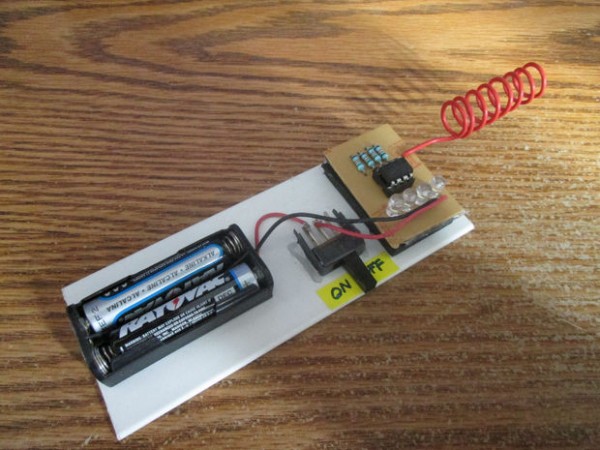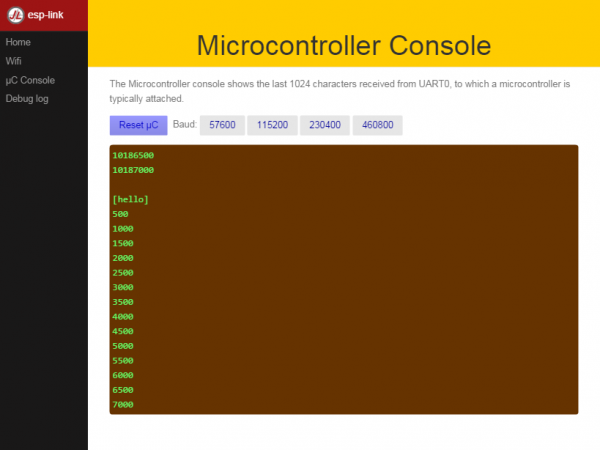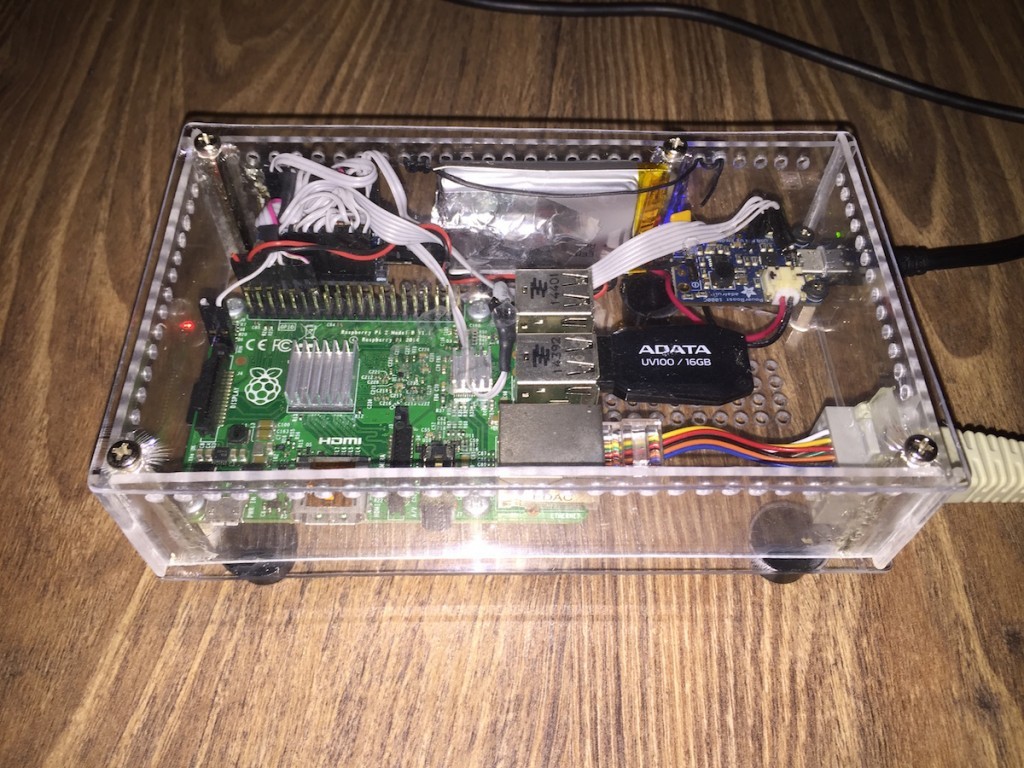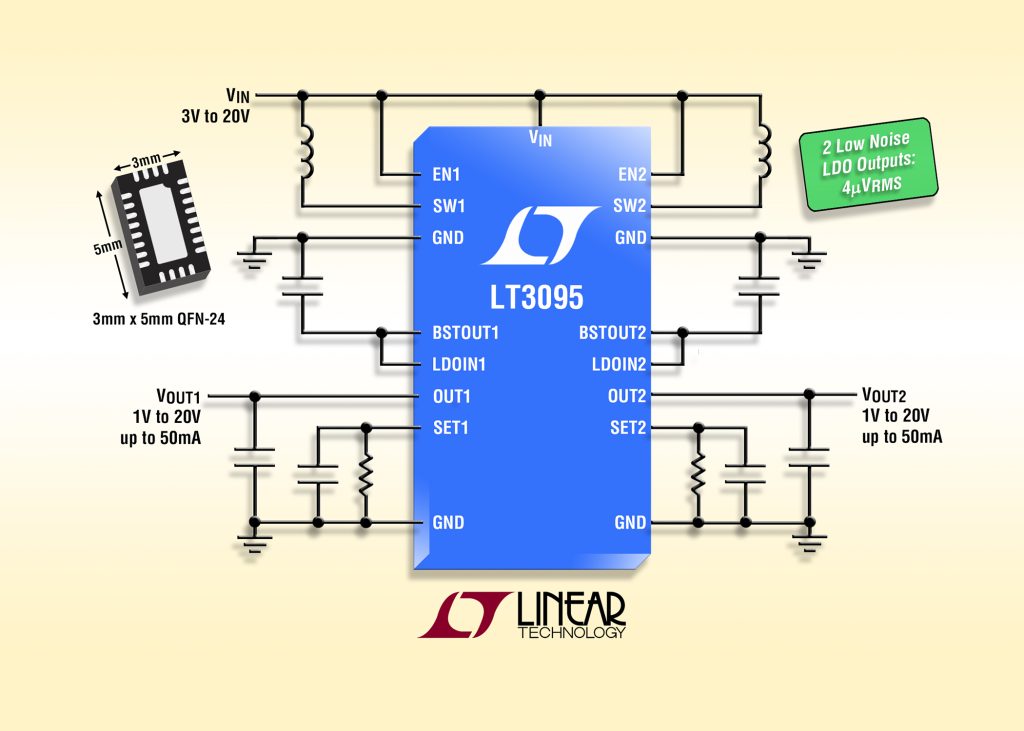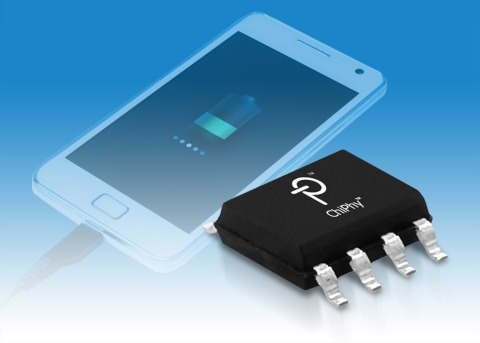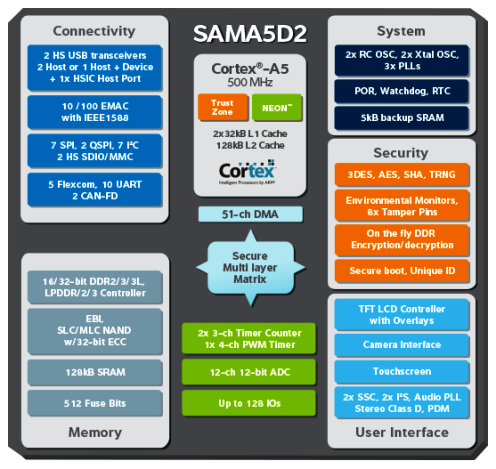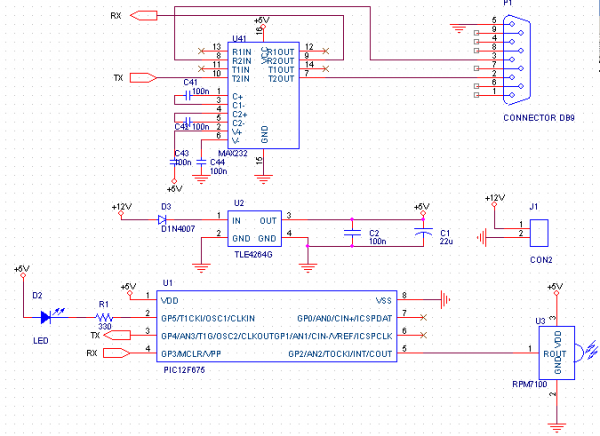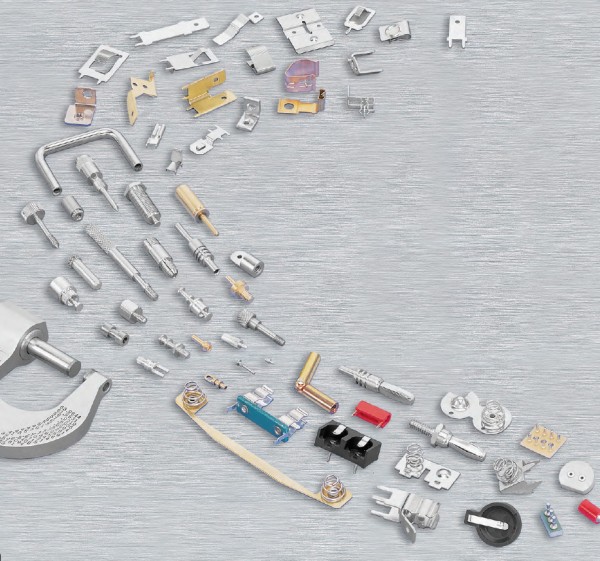
With suitable spacers and other fastening technology you´ll use a space optimally while gaining a stable and professional construction at the same time.
Success and reliability of a device depends not only on laboratory tests in “ideal conditions” but also on its mechanical construction. Elimination of mutual influence (EMC), optimal space usage, resistance to vibrations, easy assembly at production are one of factors why it´s worth to design mechanical part of a device into details.
At production of prototypes or small series it may be not that important how demanding is to assemble the device into a final form. However at bigger series, the time- and cost-effectivity of every production step will be visible very soon. Suddenly you´ll find out, that for example 1000 pcs of a given device can be finalised (mechanically) within a week, but by simplifying a mechanical design it might be done substantially sooner.
Also for this reason a huge amount of mechanical and electro-mechanical components can be found on the market. If your company grows and your production batches getting bigger, probably you´ve already found out, that certain mechanical component (spacer, cable gland, insulating washer, …)which seemed to you to be a kind of “useless” would save you a lot of time and made a production more effective. This finding is typical if you start to produce hundreds to thousands of pieces.
Our aim is to always provide you complete solution from development up to final production, that´s why in our portfolio can be found lots of mechanical and electromechanical components, mainly marks Ettinger, Keystone electronics and Toolcraft.
A few attached images may be more illustrating than thousand words. So if you´re searching for any component for construction of your device, try to look at the “assembling material” segment and if you´ll find what you´re searching for, we´ll deliver it to you immediately from our stock or in a short lead-time at favourable conditions (items on request).

Simplify yourself a mechanical design of a device – [Link]



